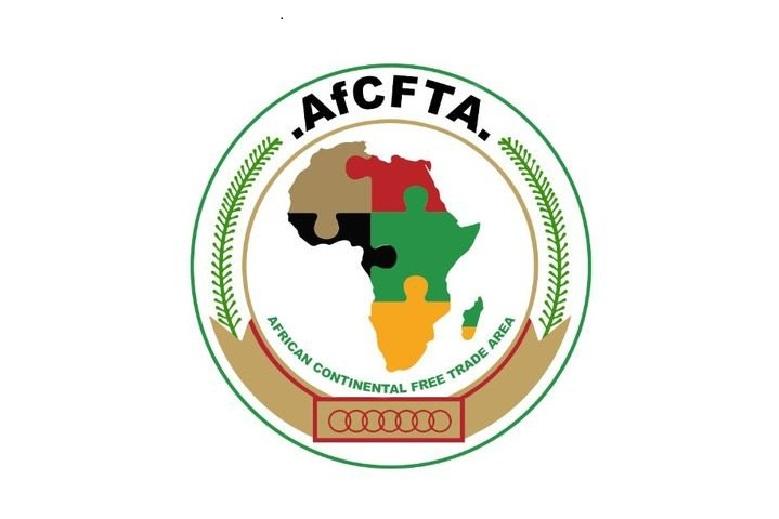African countries have ratified the agreement to create a Free Trade Area

The African Heads of State gave the green light to the Continental Free Trade Area which is to become effective from 1st January 2021. The negotiations between member countries on customs duties and the rule of origin remain.
Launched for the first time in 1963 at a summit of the African Union organization, the African Continental Free Trade Area (AfCFTA) has just been born after 57 years of gestation. Indeed, African heads of state ratified the agreement on its creation this weekend during an extraordinary summit. It will come into force from 1st January 2021. However, there is still a long way to implement all the agreement provisions for several technical reasons.
In an interview given to the Moroccan information site Médias 24, Abdou Diop, managing partner of Mazars Morocco and president of the Africa Commission of the General Confederation of Moroccan Enterprises (CGEM), the Moroccan employers’ association, explained the different steps to be taken to achieve a functional Free Trade Area.
“The agreement comes into force on 1st January, since the ratification process [by the parliaments of all African countries] will have to take place before 31st December. There is no doubt about that,” he said.
“But before that, we will have to agree on technical aspects of the agreement, such as rules of origin or tariff offers. On these issues, the negotiations must be concluded quickly if the agreement is to be truly operational,” he added.
Tariffs and rule of origin on the negotiating table
The ratified agreement provides for the elimination of 90% of customs duties, spread over five to 15 years to consider the level of development of each member country. Regarding the rule of origin, the required rate of integration is 50%. It is on these two points that the negotiations will focus on.
“We are not yet at the optimal level to eliminate 90% of customs duties across the continent. But we can start with an intermediate level of 70% and gradually build up to 90%,” Diop said.
He explained that “the rule of origin is what makes it possible to say on what criteria a product can be considered as made in Africa and can therefore circulate freely on the common market. If 90% of a product is made in China with a 10% African added value content, can it be considered African or not? Negotiations will, therefore, focus on this rate of integration, which will determine the rule of origin”.
Thus, Abdou Diop considered that it was not wise to set from the outset “a rate of integration of […] 50% to say that such a product is made in Africa. Otherwise, the continent will not be attractive to foreign investors. This is one of AfCFTA’s major objectives: to offer investors the opportunity to set up in Africa and to be able to address a market of more than a billion inhabitants without customs barriers”.
In conclusion, he said that to get AfCFTA off to a good start, “we may have to start with a 20% integration rate, which is in line with the industrial reality of the continent”.




